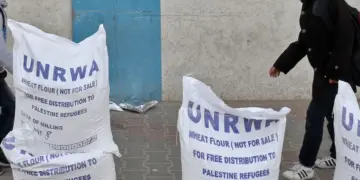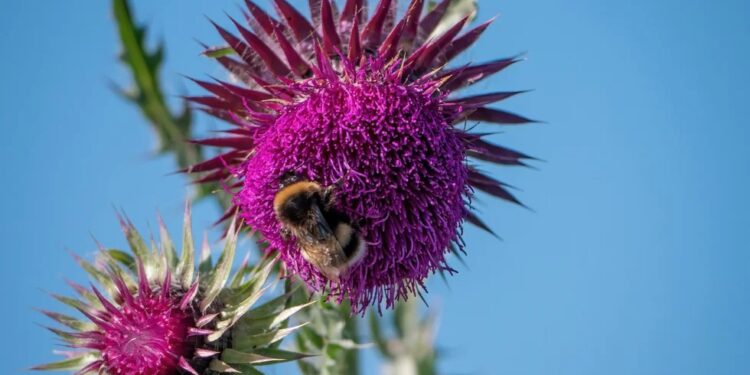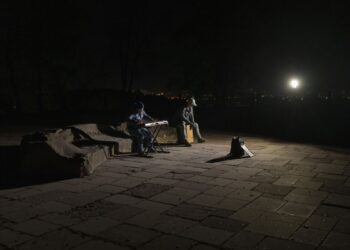Agencies – Gaza Post
‘Vital’ bee populations supported by the National Park’s wildflower corridor scheme
There is a 72% increase in bee populations in the South Downs National Park after the introduction of projects for the cultivation of wildflower meadows.
Three years ago, the National Park launched The Bee Lines project to create a network of wildflower corridors to encourage “bio-ecosystem engineers”.
Early reports from the park show biodiversity have improved in new wildflower oases, with one area in Sompting in West Sussex recording “significant “increases.
Peter King said funding from the South Downs National Park Trust had allowed the creation of 2.5 hectares of wildflower meadows at Sompting Brooks.
“Since the seeds were planted, the field has experienced exceptional growth and species diversity.
“It is too early to attribute any particular species or increase in biodiversity specifically to this meadow habitat; however, we have recorded a 72% increase in pollinator species using the site since arable fields were returned to the Meadows.
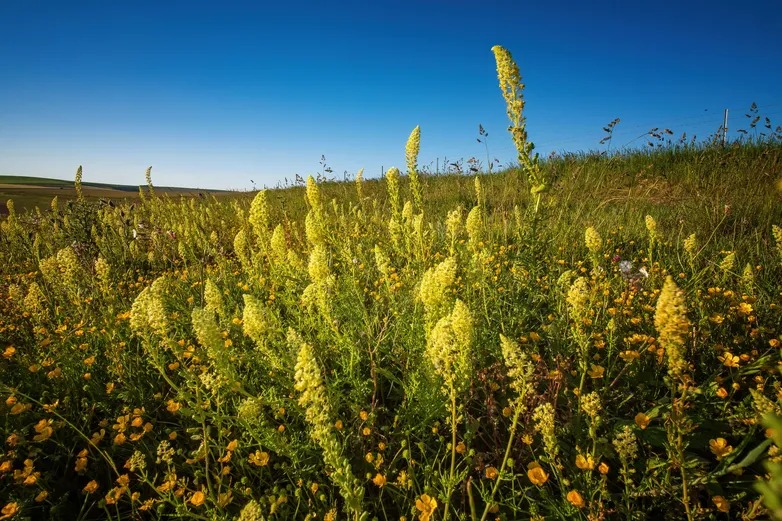
There is also an overall increased species diversity of 98% of the monitored species, including birds, bats, reptiles, invertebrates and small mammals.
“Total species records from the site have increased from 179 to 624 since the project as a whole was completed.”
The South Downs National Park Trust has awarded 11 grants in recent months to create wildflower areas on farms, community fields, recreation land and road edges, with a further eight projects receiving funding last year out of a total of GBP 75,000 raised for the scheme.
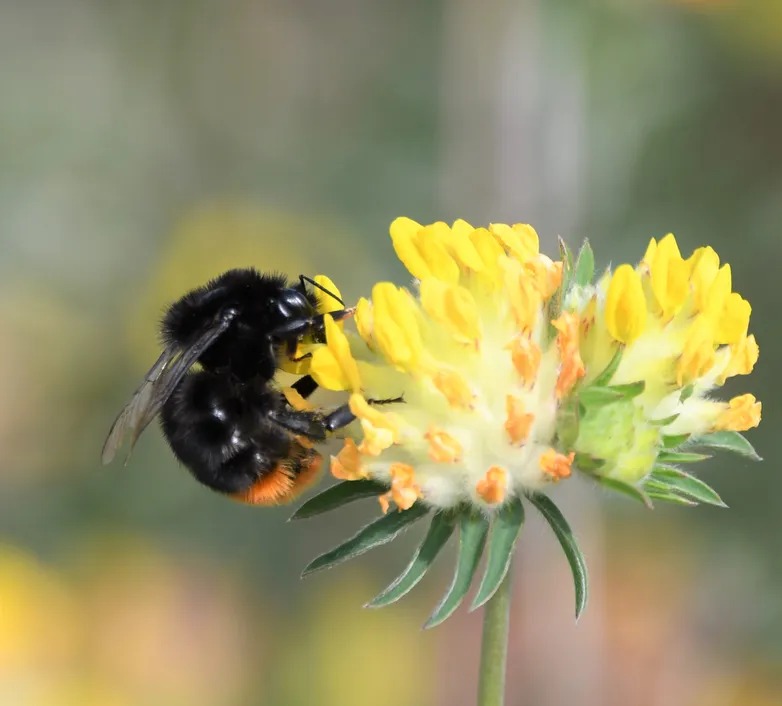
Nick Heisman said it’s great to see wildflower cultivation is making a big difference to biodiversity, and this impact can only double in the coming years as the habitat becomes more established.
Describing bees as vital engineers in the ecosystem, it is very important to try to stop and reverse the trend of its degradation.
In conclusion, he said that this is a restoration of nature in action and a key strand of the comprehensive renovation project to create a new habitat for wildlife in the National Park.”







